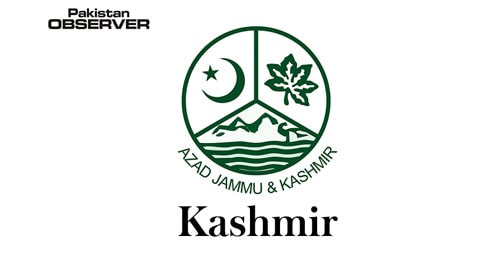In Indian illegally occupied Jammu and Kash-mir, the south Kashmir’s Kulgam district once known as the rice bowl of Kashmir, has lost fifty percent of its paddy land to non-agriculture uses in the last two decades.
In most of the paddy land, we see commer-cial structures and this is a worrisome trend, an Agriculture Official told media men.
The official data said that 22,000 hectares in the Kulgam district are presently under paddy cultivation, which yield Rs 237 crore annually.
“In 2002 it had around 44,000 hec-tares under paddy cultivation in the district, ” an official said. The Home-Shalibugh belt of the district comprising Frisal, Yaripora, Qai-moh situate along the Nadi canal was known as one of the major producers of quality rice in the Kashmir valley.
The famous rice research institute of SKAUST is also located at Khudwani- Qai-moh in the district. Sources said people in the district of late have been converting vast paddy fields into apple orchards for commercial pur-poses. Apple gets more returns than rice do.
A decade back, Muhammad Shaban, a mar-ginal farmer from Kujar village would toil hard to eke out a living from the paddy fields. How-ever, he was struggling to meet both ends. Now, a decade later, Shaban’s apple orchard spread over 8 kanals of land has brought for-tunes to him.
“After putting in so much effort, the in-come generated from rice sale would barely meet the expenses of my family. But after I switched to apple cultivation our financial condition has improved,” he said.
However, according to experts, “shift to fruit cultivation” is not the only reason for the fall in the production of rice. The conversion of agricultural land continues unabated for non-agriculture purposes in absence of moni-toring by the government.
“In most of the paddy land, we see com-mercial structures and this is a worrisome trend,” an Agriculture Official told media men.—KMS










